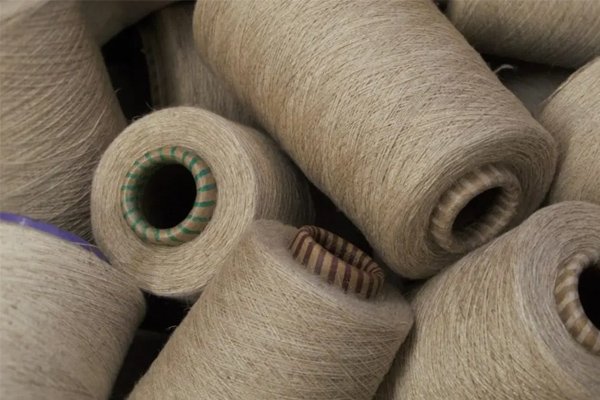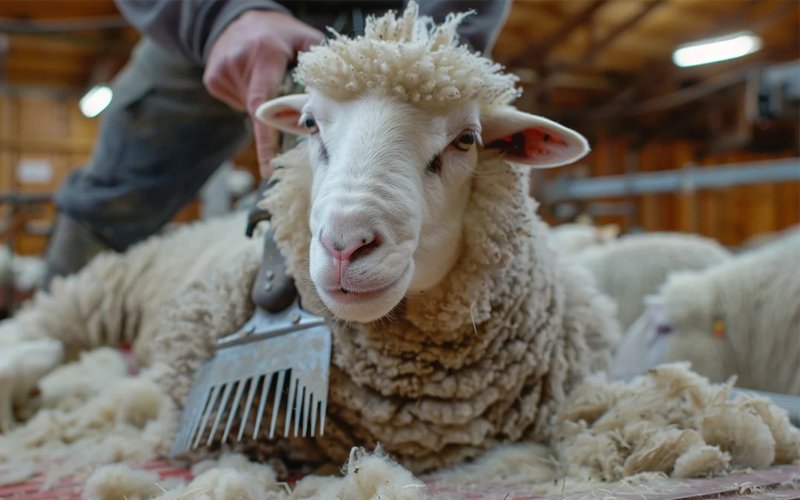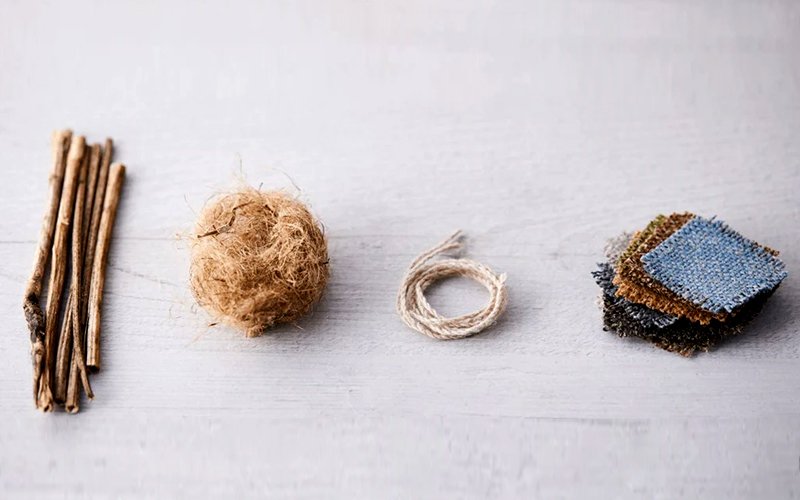
As a sustainable yarn factory owner, I often get asked about hemp yarn. It’s becoming popular because it’s environmentally friendly and highly versatile. Many clothing brands now prefer hemp yarn for its sustainability and excellent durability. Today, I’ll share how we make hemp yarn and why it’s worth choosing.
Hemp yarn is made by extracting fibers from hemp plant stalks, retting them to remove impurities, and then spinning these fibers into yarn. Hemp fibers are strong, breathable, antibacterial, and eco-friendly, requiring less water and fewer chemicals than cotton. Hemp yarn is ideal for garments, especially those needing durability and comfort.
Let me guide you through the details of how hemp yarn is made and why it’s special.
What is a key benefit of using hemp as a textile material?
Hemp fabric is becoming a top choice for sustainable brands. There’s one major reason behind its rising popularity.
The key benefit of hemp as a textile material is its incredible durability. Hemp fiber is naturally strong and resistant to wear, tear, and UV rays. It’s significantly stronger than cotton, ensuring products last longer. Additionally, hemp textiles soften over time without losing strength, making it perfect for long-lasting, sustainable clothing.

Why Durability Matters in Textiles?
When you choose hemp yarn, you’re investing in garments that will stay in great condition for years. For example, jeans or shirts made from hemp yarn can last twice as long as cotton garments. This longevity reduces waste and offers great value to customers who prioritize sustainability.
| Feature | Hemp Fiber | Cotton Fiber |
|---|---|---|
| Tensile Strength | Very High | Moderate |
| UV Resistance | Excellent | Fair |
| Longevity | High | Moderate |
Why is hemp fiber more environmentally friendly than cotton?
As someone deeply committed to sustainable textile production, I’ve seen firsthand why hemp fiber is kinder to the planet compared to cotton.
Hemp fiber is more environmentally friendly than cotton because it uses significantly less water and chemicals during cultivation. Hemp grows quickly without pesticides or herbicides, improving soil health. In contrast, cotton farming relies heavily on irrigation, pesticides, and fertilizers, negatively impacting ecosystems and water sources.

Comparing Environmental Impacts of Hemp and Cotton
Let’s look at how hemp compares to cotton in environmental terms:
| Environmental Impact | Hemp | Cotton |
|---|---|---|
| Water Use | Low | High |
| Chemical Use | Minimal | High (pesticides) |
| Soil Impact | Improves soil | Depletes soil |
Choosing hemp yarn clearly benefits both your products and the environment by reducing your ecological footprint.
How do you extract fiber from hemp?
Customers often ask me about the extraction process of hemp fibers. Here’s how it works.
Hemp fibers are extracted through a process called retting, which involves soaking hemp stalks in water or allowing them to naturally decompose in the field. This process separates the fibers from the woody core. After retting, the fibers undergo drying, breaking, scutching, and combing to become clean, usable fiber for yarn production.

The Detailed Process of Hemp Fiber Extraction
Here’s a clear breakdown of each extraction step:
- Retting: Stalks soak to loosen fibers.
- Drying: Retting stalks are dried naturally or mechanically.
- Breaking: Dried stalks are crushed to separate woody parts from fibers.
- Scutching: Woody material is removed, leaving clean fiber.
- Combing: Fibers are aligned and cleaned further for spinning.
This careful process ensures the hemp yarn we produce is high-quality and eco-friendly.
Is hemp yarn antibacterial?
Another common question is about hemp yarn’s antibacterial properties. Let’s clear that up.
Yes, hemp yarn is naturally antibacterial. Hemp fibers have compounds that resist bacteria, mold, and mildew growth, helping garments stay fresh and odor-free longer. This antibacterial quality reduces washing frequency, saves water, and makes hemp yarn perfect for activewear, underwear, and outdoor apparel.

Why Antibacterial Properties Matter in Clothing
The antibacterial benefits of hemp yarn offer significant advantages:
- Fewer Washes Needed: Saves water and energy.
- Odor Control: Keeps clothing fresh even after repeated wear.
- Ideal for Sensitive Skin: Prevents bacterial growth, reducing skin irritation.
Hemp yarn’s antibacterial nature makes it popular among eco-conscious and health-oriented customers.
Is hemp fabric good for hot weather?
Customers looking for comfortable, breathable materials often ask me if hemp fabric is suitable for hot climates.
Yes, hemp fabric is excellent for hot weather. It’s highly breathable, moisture-wicking, and quick-drying, which helps keep the wearer cool and comfortable in heat. Hemp fibers allow good airflow, absorbing moisture away from the skin, making garments made from hemp ideal for warm-weather clothing like shirts, dresses, and activewear.

How Hemp Keeps You Cool
Hemp’s breathability comes from its porous fiber structure, which efficiently releases moisture and heat. Clothing made from hemp yarn feels cool and comfortable, even on the hottest days, making it an attractive choice for summer collections.
| Property | Effect | Ideal For |
|---|---|---|
| Breathability | Reduces heat buildup | Summer shirts, dresses |
| Moisture-wicking | Keeps skin dry | Activewear, outdoor apparel |
| Quick-drying | Prevents discomfort | Swimwear, travel clothing |
Does hemp yarn shrink?
Lastly, let’s address another frequent concern about hemp yarn: shrinkage.
Hemp yarn can shrink slightly when washed for the first time, typically by around 5%. However, proper washing and drying methods, such as cold water washing and air drying, significantly minimize shrinkage. Pre-shrunk hemp fabrics or blends with cotton or synthetics further reduce this concern, ensuring stability and consistency in garment sizing.

Minimizing Shrinkage in Hemp Clothing
To maintain consistent garment sizing, consider these tips:
- Cold Washes: Use cold water to prevent significant shrinkage.
- Air Dry: Avoid machine drying to retain shape and size.
- Fabric Blends: Combine hemp with other fibers like organic cotton to control shrinkage.
Educating your customers on these simple care instructions ensures they remain satisfied with their hemp clothing purchases.
Conclusion
Hemp yarn offers durability, eco-friendly production, antibacterial benefits, and breathability, making it perfect for sustainable fashion brands. Understanding hemp’s production and benefits helps brands create lasting, environmentally conscious clothing.




